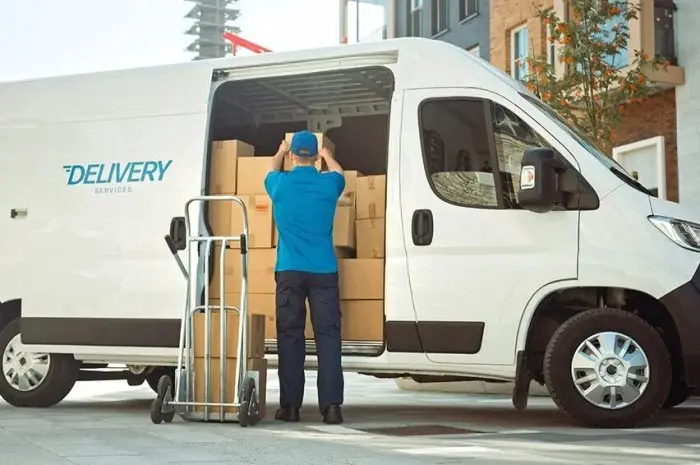Developing a fast and reliable local delivery business requires meticulous planning, efficient operations, excellent customer service, and strategic decision-making. With the rise of e-commerce and the demand for convenient, same-day delivery services, establishing a local delivery business can be a lucrative venture. Here’s a comprehensive guide to building a successful local delivery business:
1. Market Research and Planning
Identify Your Niche
Conduct market research to identify gaps or opportunities in the local delivery market. Determine your target audience, potential competitors, and unique selling proposition (USP) to differentiate your business.
Define Your Services
Decide on the types of delivery services you’ll offer, such as same-day delivery, next-day delivery, on-demand delivery, or specialized services for specific industries (e.g., food delivery, courier services, medical supply delivery).
Also Read
2. Legal and Operational Considerations
Business Registration
Register your delivery business and obtain the necessary licenses and permits to operate legally in your area. Consult with legal advisors or business consultants to ensure compliance with local regulations and requirements.
Insurance Coverage
Purchase insurance coverage for your delivery vehicles, cargo, and liability to protect your business against potential risks, accidents, or damages during transit.
3. Fleet and Logistics Management
Acquire Delivery Vehicles
Invest in a reliable fleet of delivery vehicles, such as vans, trucks, bicycles, or motorcycles, depending on the nature and scale of your operations. Consider factors such as fuel efficiency, capacity, and maintenance costs.
Optimize Route Planning
Implement efficient route planning and scheduling systems to minimize delivery times, reduce fuel consumption, and maximize driver productivity. Utilize GPS tracking technology and route optimization software to streamline operations.
4. Technology Integration
Online Ordering Platform
Develop a user-friendly website or mobile app where customers can place delivery orders, track shipments in real-time, and provide feedback on their delivery experience.
Communication Tools
Equip your drivers with mobile devices or communication tools to stay connected with dispatchers, receive delivery instructions, and communicate with customers throughout the delivery process.
5. Customer Service Excellence
Timely Deliveries
Prioritize prompt and timely deliveries to meet or exceed customer expectations. Communicate accurate delivery estimates, provide real-time tracking updates, and notify customers of any delays or changes to their delivery status.
Responsive Support
Offer responsive customer support via phone, email, or live chat to address inquiries, resolve issues, and provide assistance to customers before, during, and after the delivery process.
6. Staff Training and Development
Driver Training
Provide comprehensive training and safety protocols for your delivery drivers, including defensive driving techniques, vehicle maintenance procedures, and customer service skills.
Customer Interaction
Train your delivery staff to interact professionally with customers, handle deliveries with care, and adhere to delivery instructions and special requests.
7. Quality Control and Performance Monitoring
Quality Assurance
Implement quality control measures to ensure the accuracy, reliability, and safety of deliveries. Conduct regular inspections of delivery vehicles, packages, and equipment to maintain high standards of service.
Performance Metrics
Monitor key performance indicators (KPIs) such as delivery times, order accuracy, customer satisfaction ratings, and driver performance to identify areas for improvement and measure business success.
8. Marketing and Promotion
Brand Visibility
Build brand awareness and visibility through targeted marketing strategies, including social media marketing, local advertising, partnerships with e-commerce platforms, and participation in community events.
Promotional Offers
Offer special promotions, discounts, or loyalty programs to attract new customers, incentivize repeat business, and differentiate your delivery services from competitors.
9. Adaptation and Innovation
Stay Agile
Stay agile and adaptable to changing market trends, customer preferences, and industry developments. Continuously innovate your delivery services, technology infrastructure, and operational processes to remain competitive and meet evolving customer needs.
Feedback Mechanisms
Solicit feedback from customers, employees, and stakeholders to gather insights, identify opportunities for improvement, and implement strategic changes to enhance service quality and efficiency.
By following these strategies and best practices, you can establish a fast and reliable local delivery business that meets the demands of modern consumers, fosters customer loyalty, and drives sustainable growth in the competitive delivery industry.


















